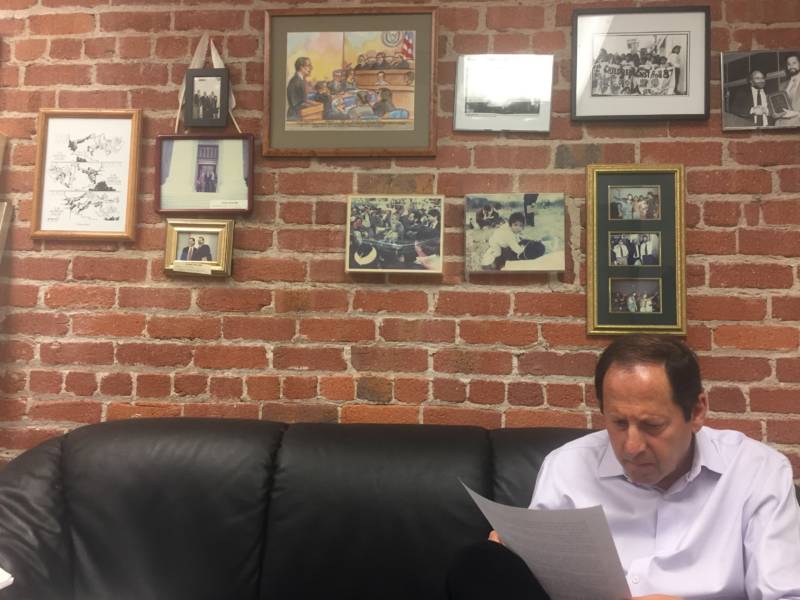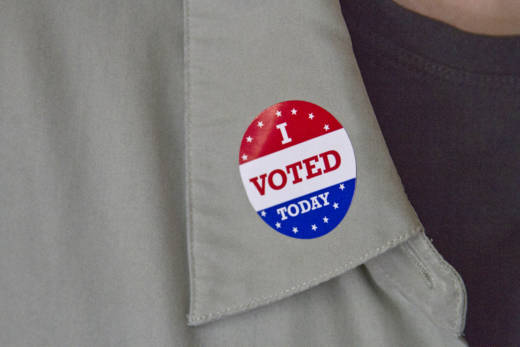Local elections in Santa Clara might be conducted differently come 2018.
A legal complaint was filed against the city in March, alleging that Santa Clara’s voting system discriminates against Asian-Americans.
Santa Clara -- like 90 percent of the state’s cities -- votes using an at-large system, in which all voters can vote for all open seats during an election. The other 10 percent of cities conduct district elections, where voters cast a ballot only for candidates who live in their jurisdiction.
Robert Rubin, the civil rights attorney leading the legal complaint, said at-large elections make it harder for minorities to get elected.
“With a district system, you can draw a district with a majority of minority voters,” Rubin said. “So minority populations can enjoy representation somewhat proportional to their population.”

Rubin’s legal complaint is backed by the California Voting Rights Act, which states that cities with sizable minority populations should abandon at-large voting systems and switch to districts. Rubin has gotten nearly a dozen cities, counties and school districts in the state to make the conversion.
